
Damage To The Hubble Space Telescope Is Worse Than We Think
Tiny pieces of cosmic dust, not artificial debris, could pose the biggest danger to spacecraft

Tiny pieces of cosmic dust, not artificial debris, could pose the biggest danger to spacecraft

US researchers have proposed a new possible reason as to why our spicy celestial neighbour Venus lost most of its water

Blue Origin has wrapped up it’s first crewed New Shepard mission in almost two years

Captured by cutting-edge radio telescope technology, a chance reactivation of a magnetar has revealed an unexpectedly complex environment.

The latest wet dress rehearsal for Starship appears to have been a success

In May 2023, shortly after the start of the fourth LIGO-Virgo-KAGRA observing run, the LIGO Livingston detector observed a gravitational-wave signal

The Space Industry Association of Australia has welcomed the 2024 Federal Budget

An international team of astronomers has used NASA’s James Webb Space Telescope to produce the highest-resolution image of spectacular exploding stars ever seen.

It’s Tuesday the 21st of May 2024, these are the science and space headlines we’re following… The Australian Federal Budget’s boosts to Australian space. Blue Origin flies for the first

Scientists may be one step closer to unlocking one of the great mysteries of the universe after calculating that neutron stars might hold a key to helping us understand elusive dark matter.

An unusual reduction in the strength of the Earth’s magnetic field between 591 and 565 million years ago

An international team led by Australian research centre ASTRO 3D reports that age is the driving force in changing how stars move within galaxies.

New research published in Nature showcases new observations from the James Webb Space Telescope

The Centauri-6 satellite adds to Fleet Space’s satellite constellation

An international study, led by researchers from Monash University, has revealed crucial insights into black hole dynamics within massive discs at the centres of galaxies.

It’s Friday the 17th of May 2024, these are the science and space headlines we’re following on Talkin’ Science from the past month and a bit. Fleet Space’s Centauri-6 takes
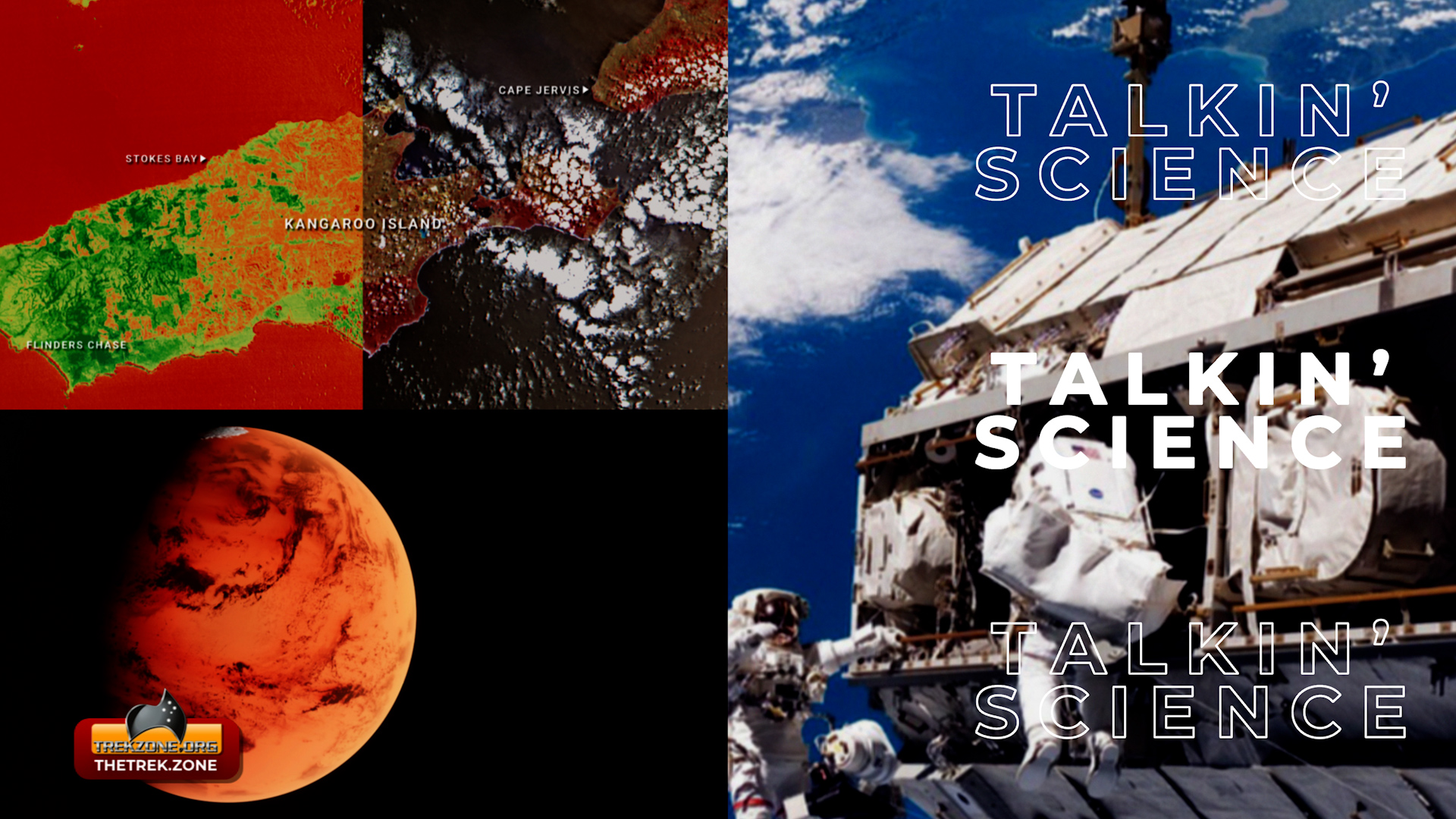
It’s the end of the third week of March 2025. Here’s the science and space
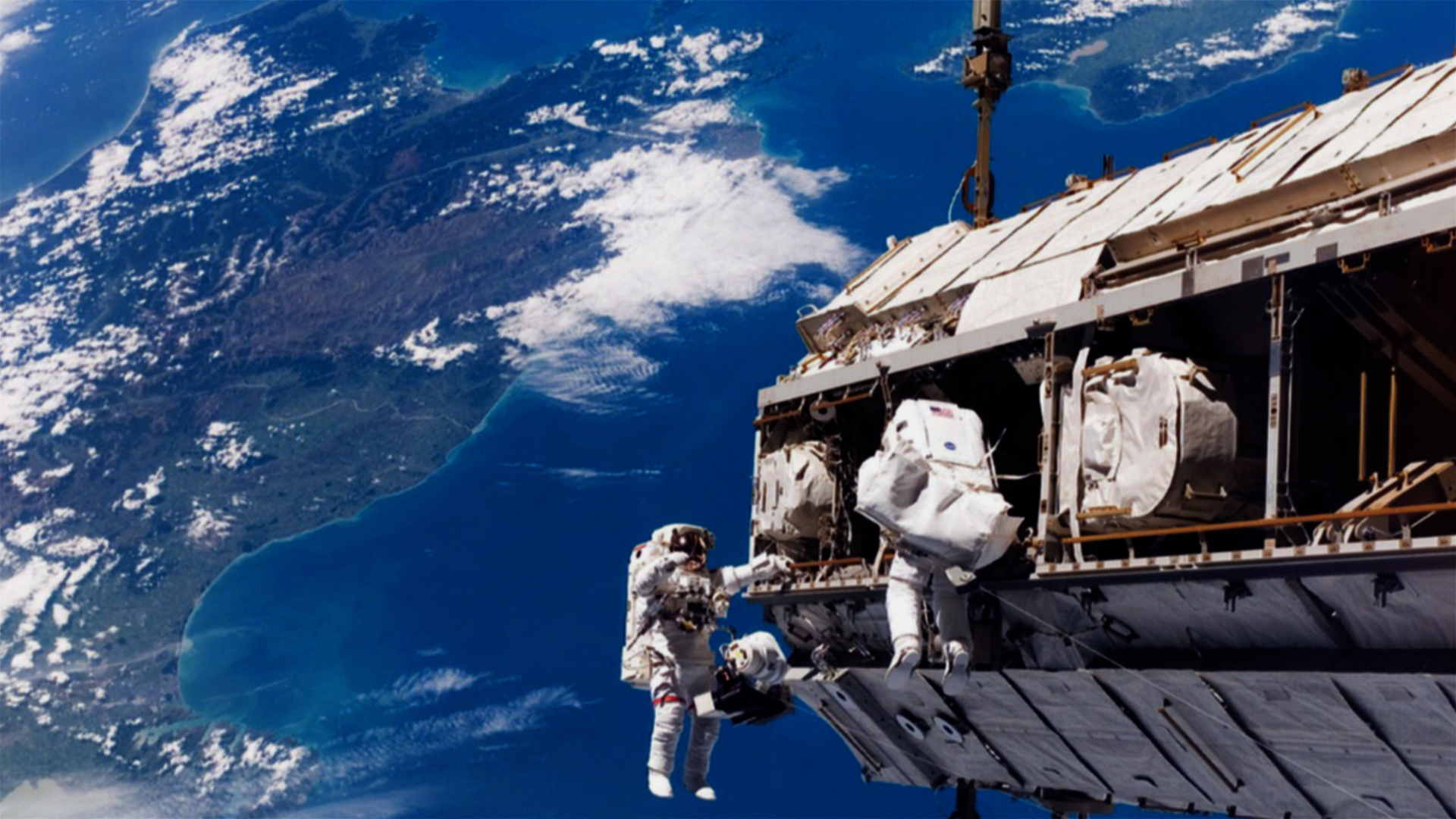
Astronauts often experience immune dysfunction, skin rashes, and other inflammatory conditions while travelling in space, and international researchers believe these issues are likely due to the overly sterile nature of the International Space Station.
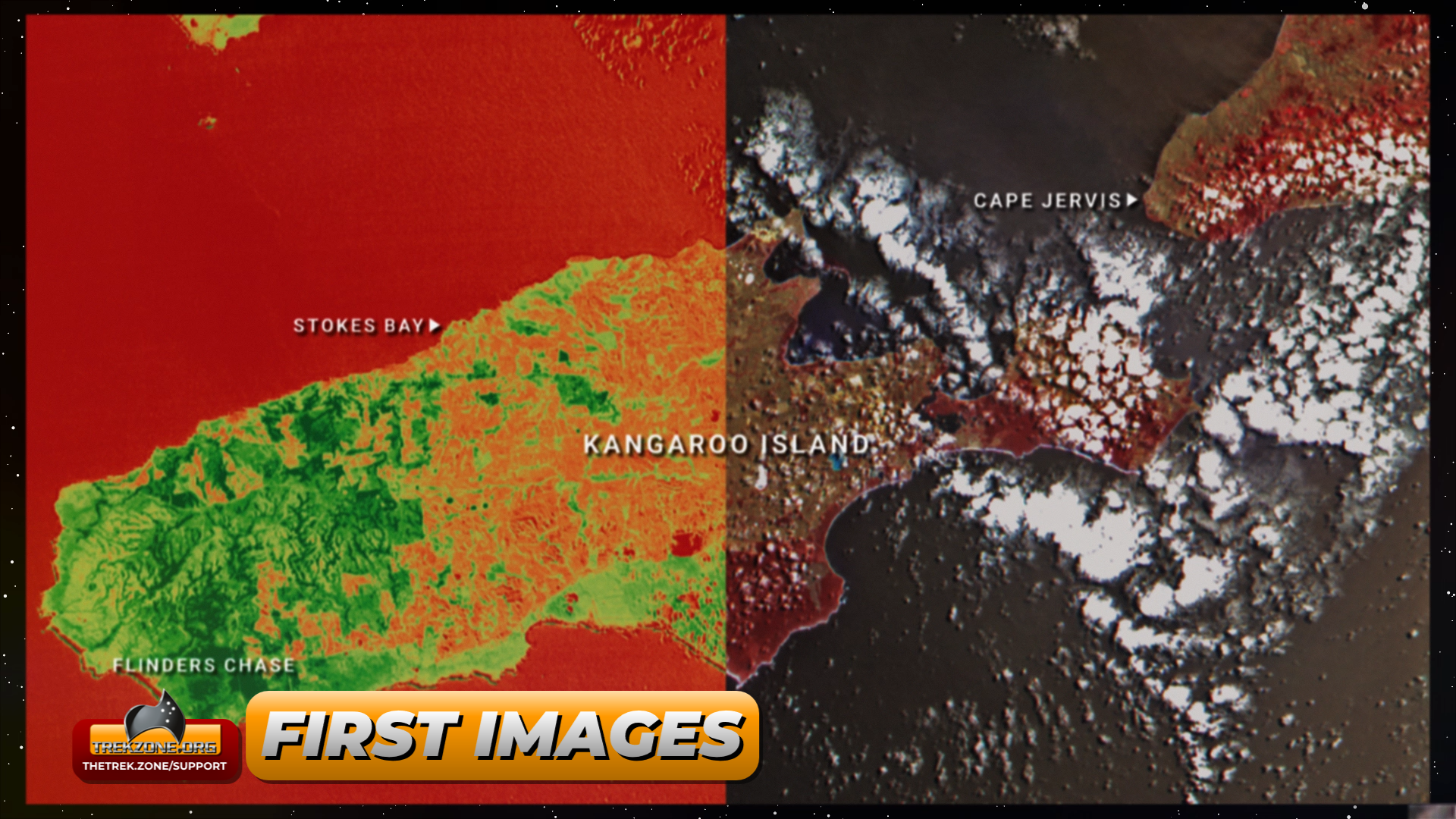
Australia’s first state government funded satellite, Kanyini, has delivered its first images from space, marking
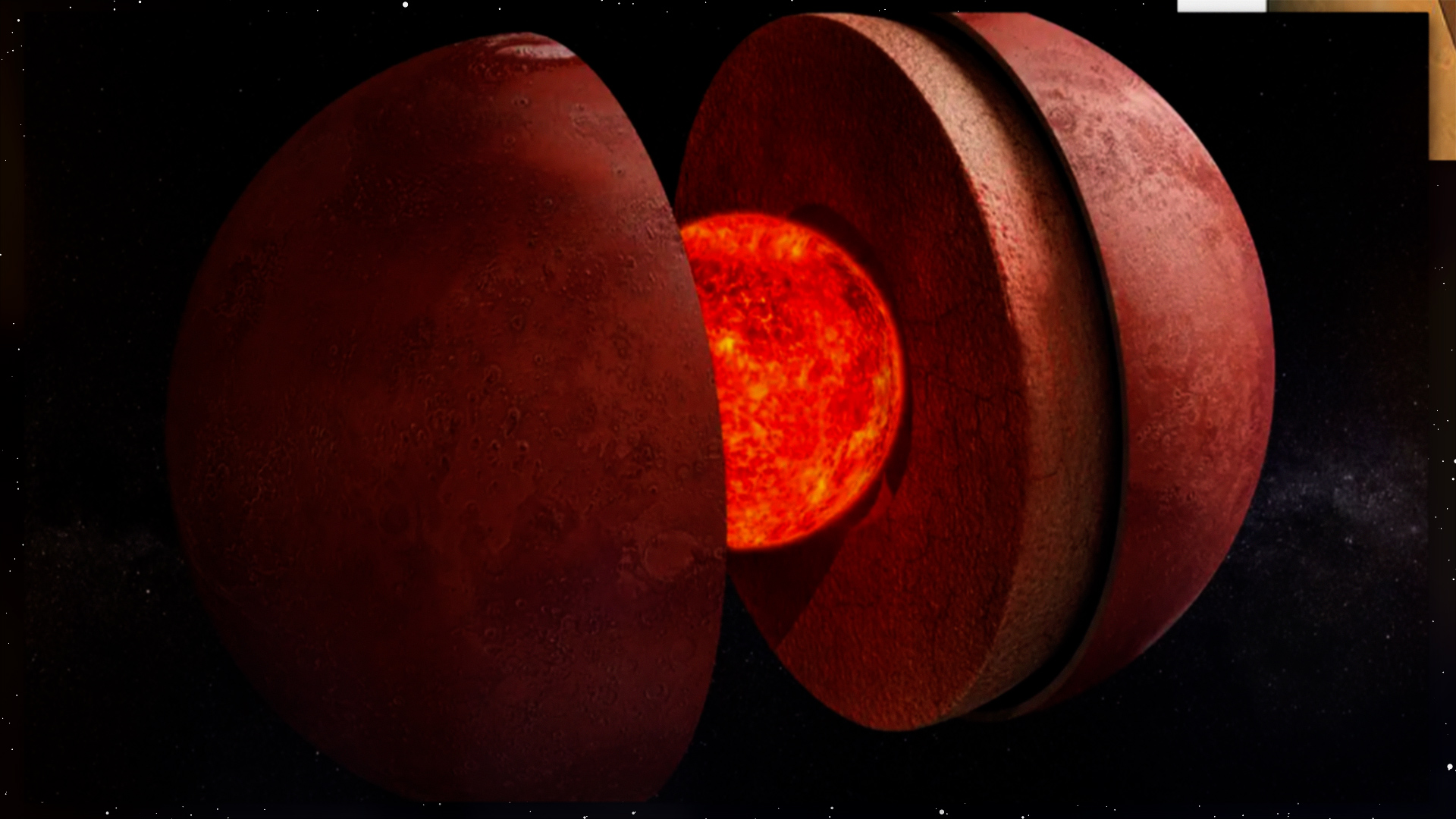
Data from NASA’s InSight mission suggest Mars has a liquid core similar to Earth’s, but European scientists say the core may be solid, at least below a certain temperature.
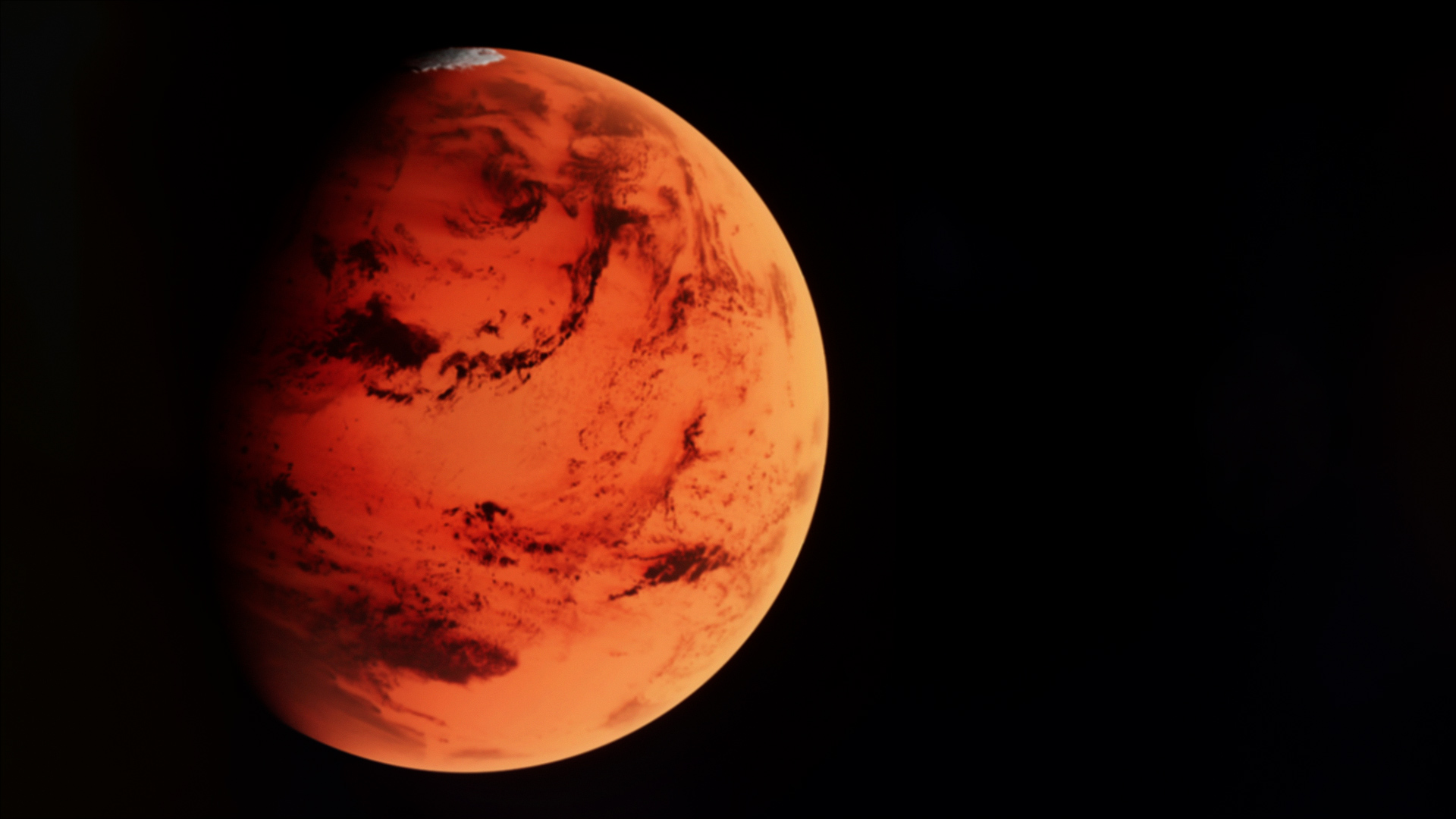
Scientists have successfully used lasers to identify microbe fossils in rocks from Earth, which are like the rocks found on Mars, opening up the possibility of searching for fossils on the Red Planet.
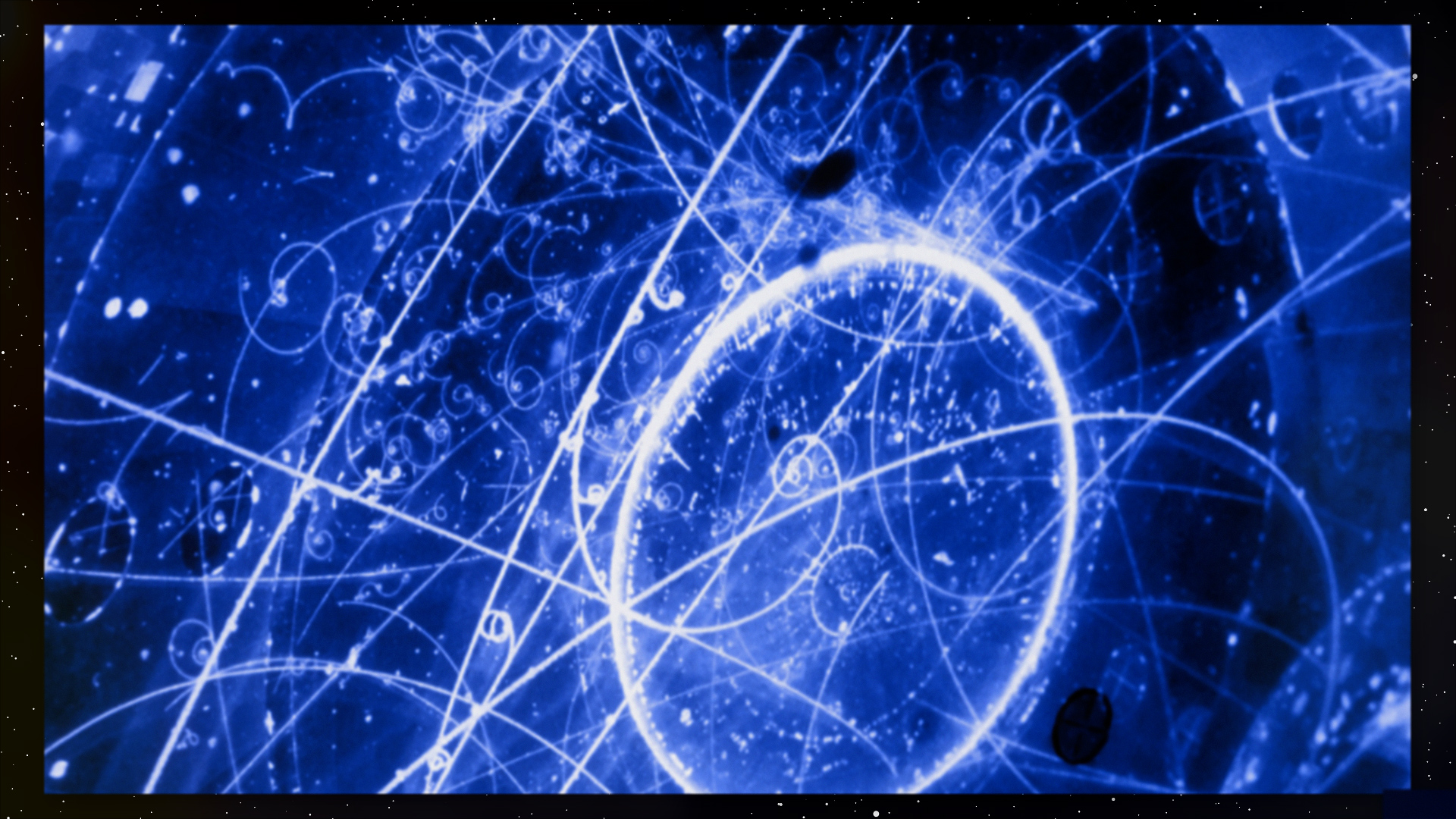
International scientists, including an Australian, say they’ve found evidence of the highest-energy neutrino detected to date. The result suggests the particle came from beyond our Milky Way, they say, although its precise origin remains mysterious.

We’re bold, innovative and ambitious digital media creators,
consumers and producers.
We are Trekzone Media.
This is TREKZONE.org.

It’s the end of the third week of March 2025. Here’s the science and space headlines from the week that was… Kanyini phones home, shows

Astronauts often experience immune dysfunction, skin rashes, and other inflammatory conditions while travelling in space, and international researchers believe these issues are likely due to the overly sterile nature of the International Space Station.

Australia’s first state government funded satellite, Kanyini, has delivered its first images from space, marking a significant milestone for the space mission. Mission Director Peter

Data from NASA’s InSight mission suggest Mars has a liquid core similar to Earth’s, but European scientists say the core may be solid, at least below a certain temperature.

Scientists have successfully used lasers to identify microbe fossils in rocks from Earth, which are like the rocks found on Mars, opening up the possibility of searching for fossils on the Red Planet.

International scientists, including an Australian, say they’ve found evidence of the highest-energy neutrino detected to date. The result suggests the particle came from beyond our Milky Way, they say, although its precise origin remains mysterious.
© Trekzone Media MMXXV. All Rights Reserved.
The views and opinions expressed by guests on our podcasts are their own and do not necessarily reflect those of Trekzone Media or its employees.